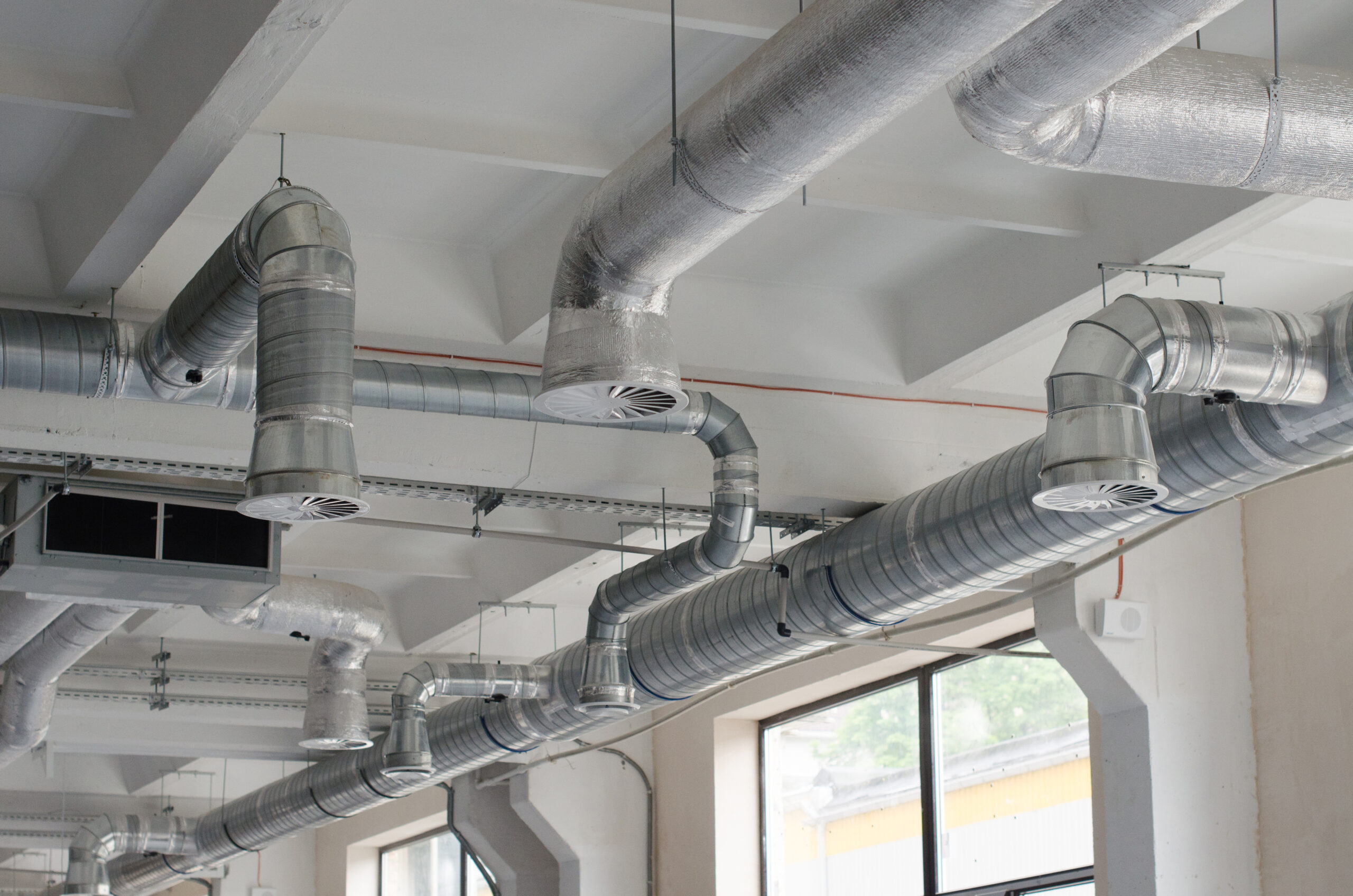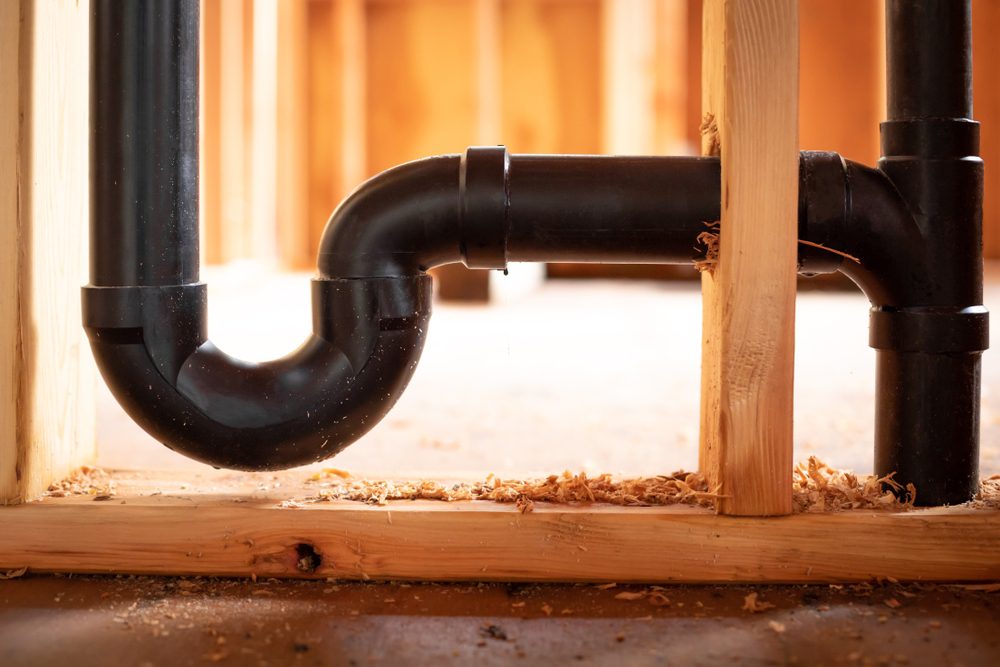Listed here below you'll find lots of sound answers all about What Is a Plumbing Vent and Why Is It Important.

Proper air flow in pipes systems is usually ignored, yet it is essential for preserving the performance and security of your home's pipes. Air flow aids manage atmospheric pressure, protect against the build-up of damaging gases, and make certain the efficient removal of waste. In this guide, we will certainly discover the value of appropriate pipes ventilation, how it functions, and the advantages it gives your plumbing system.
Recognizing Air Flow in Pipes
Ventilation in pipes refers to the network of pipes that permit air to flow with the water drainage system. These vents offer several objectives, consisting of controling air pressure within the pipelines, stopping sewer gases from going into the home, and aiding in the smooth circulation of wastewater.
How Air Flow Works in Plumbing Solutions
Atmospheric Pressure Regulation
Proper ventilation keeps balanced air pressure within the pipes system. When water flows with pipes, it displaces air. Without ample air flow, this variation can develop negative stress, resulting in slow drains or siphoning of water from catches, which can trigger undesirable smells to permeate into the home.
Avoiding Drain Gas Buildup
One of the most essential features of plumbing vents is to prevent sewer gases, such as methane and hydrogen sulfide, from gathering within the home. These gases can posture major health threats and are highly combustible. Vent pipelines permit these gases to leave securely outside.
Helping in Waste Elimination
Air flow aids in the reliable removal of wastewater by protecting against airlocks in the drainage system. When air can stream openly with the vents, it allows water and waste to stream efficiently with the pipes, reducing the risk of obstructions and back-ups.
Types of Pipes Vents
Main Stack Vent
The major pile air vent, likewise known as the vent pile, is the key vent in a pipes system. It prolongs from the primary drain align with the roofing, permitting gases to leave and fresh air to get in the system.
Branch Vent
Branch vents connect to the major stack vent and offer individual components, such as sinks, commodes, and showers. These vents make certain that each component has ample ventilation to work properly.
Air Admittance Shutoff (AAV).
An Air Admittance Valve (AAV) is a one-way shutoff that allows air to go into the plumbing system without the requirement for a conventional air vent pipe extending via the roof covering. AAVs are frequently utilized in remodellings or locations where installing a basic vent is impractical.
Indications of Poor Air Flow in Pipes.
Slow Draining Fixtures.
If your sinks, bathtubs, or bathrooms are draining slowly, it could be an indicator of inadequate ventilation. Insufficient air flow can develop a vacuum effect, making it tough for water to drain pipes appropriately.
Gurgling Seems.
Gurgling noises originating from drains pipes are commonly an outcome of air being sucked through water traps due to adverse pressure in the pipes. This is a clear sign of not enough air flow.
Undesirable Smells.
Drain smells inside your home are a red flag that your pipes system is not effectively aerated. This could suggest that sewer gases are not being effectively aired vent outside, resulting in potentially hazardous conditions.
Typical Air Flow Blunders.
Poor Vent Sizing.
Utilizing undersized vent pipelines can result in bad air circulation and pressure discrepancies in the system. It's important to utilize vents that fulfill the specific demands of your pipes system.
Improper Vent Positioning.
Putting vents as well much from the fixtures they offer can lower their efficiency. Proper positioning makes certain that air can flow freely and successfully with the system.
Disregarding Code Demands.
Building regulations offer specific standards for plumbing air flow. Overlooking these codes can cause a system that falls short to operate properly and might bring about pricey repairs or health hazards.
Advantages of Correct Ventilation.
Improved System Efficiency.
Properly aerated plumbing systems run more effectively, with fewer blockages, faster draining pipes, and much less strain on the pipelines. This effectiveness extends the life-span of the plumbing system.
Improved Air High Quality.
By preventing drain gases from entering your home, correct ventilation contributes to much better indoor air top quality, making your living environment healthier and more comfortable.
Avoiding Water Damage.
Ample air flow helps avoid water from being siphoned out of traps, which can cause sewage system gases going into the home and causing water damage over time.
Actions to Guarantee Proper Air Flow.
Consulting Pipes Codes.
Always speak with neighborhood pipes codes when designing or customizing your plumbing system. These codes supply the needed guidelines for proper airing vent and guarantee your system satisfies safety criteria.
Routine Evaluation and Upkeep.
Regular inspections can assist identify possible air flow issues prior to they become major issues. Upkeep tasks, such as cleaning up air vent pipelines and checking for obstructions, are important for keeping the system in good working order.
Specialist Installment.
For new setups or significant alterations, it's smart to employ a professional plumber. They have the expertise to ensure the ventilation system is correctly developed and installed according to code.
Conclusion.
Proper air flow is a critical element of any plumbing system, ensuring that it functions efficiently and safely. By understanding the relevance of ventilation, recognizing the indications of bad air flow, and taking steps to keep your system, you can avoid costly issues and shield your home's air top quality.
What is a Plumbing Vent and it's used for?All plumbing systems in residential and commercials construction have a plumbing vent. It doesn’t just vent unwanted odors from the drainage system to the outside; it actually serves an important purpose by supplying air to the system.
The plumbing drainage system is actually called a drainage, waste and vent (DWV) system. When water flows down the piping, an air supply (vent) is needed to allow the water to flow. Think of the vertical pipe as a drinking straw. If you plug the top end of a straw, liquid won’t drain from it.
The DWV system in your building consists of a series of pipes connected to each fixture; they extend above each fixture, and the system terminates at an open pipe that extends through the roof. This piping allows air into the system and prevents unbalanced pressures in the piping.
?The vent also prevents the system from drawing water out of a trap at the fixture with the characteristic “glug-glug-glug” as the drain gasps for air. Plumbing traps should drain smoothly and never “glug” or gasp for air.
If you have a drain that empties slowly or gurgles as it drains, this may indicate a venting problem. If you flush a toilet and the sink gurgles, there’s definitely a vent problem. It is good idea to have a Plumber check this.
https://www.ameliashomeinspection.com/blog/what-is-a-plumbing-vent-and-its-used-for

I am just very excited about What Is a Plumbing Vent and Why Is It Important and I hope you enjoyed the blog entry. For those who enjoyed reading our blog posting plz remember to pass it around. Kudos for being here. Revisit us soon.
Request An Appointment
Comments on “The Purpose of Adequate Ventilation in Maintaining Plumbing Systems”